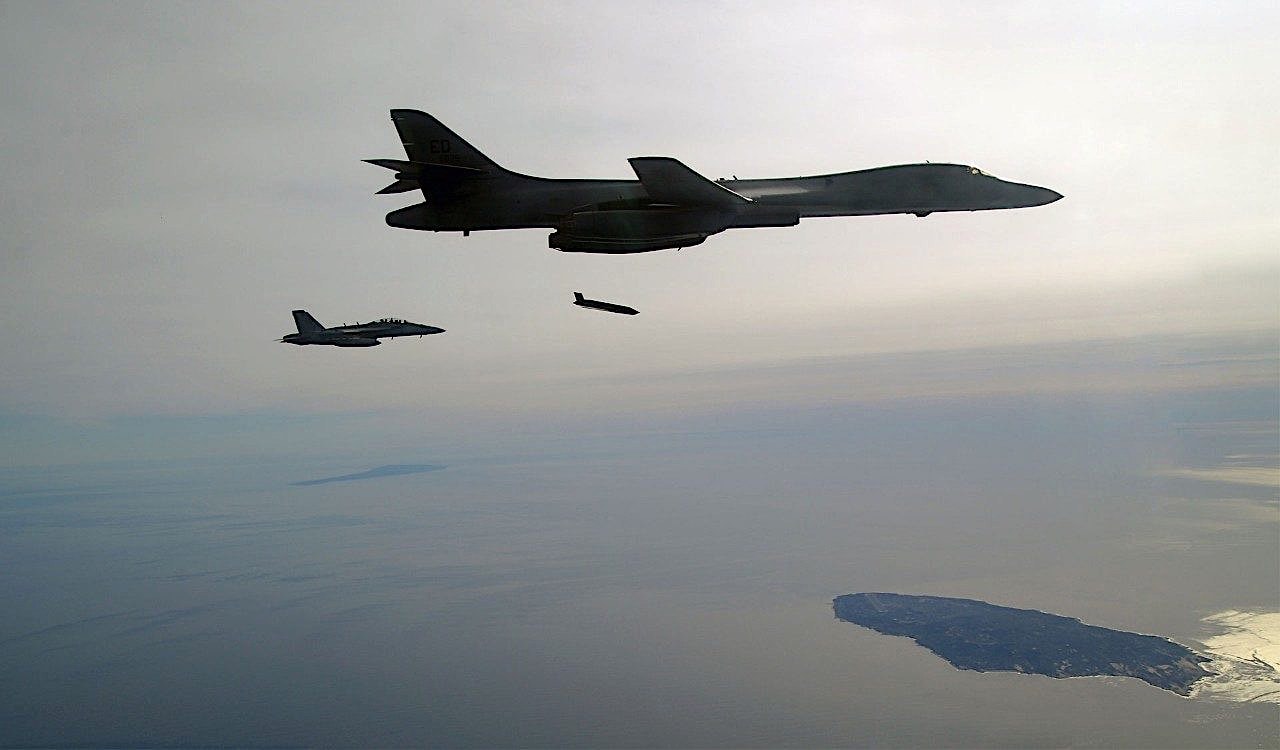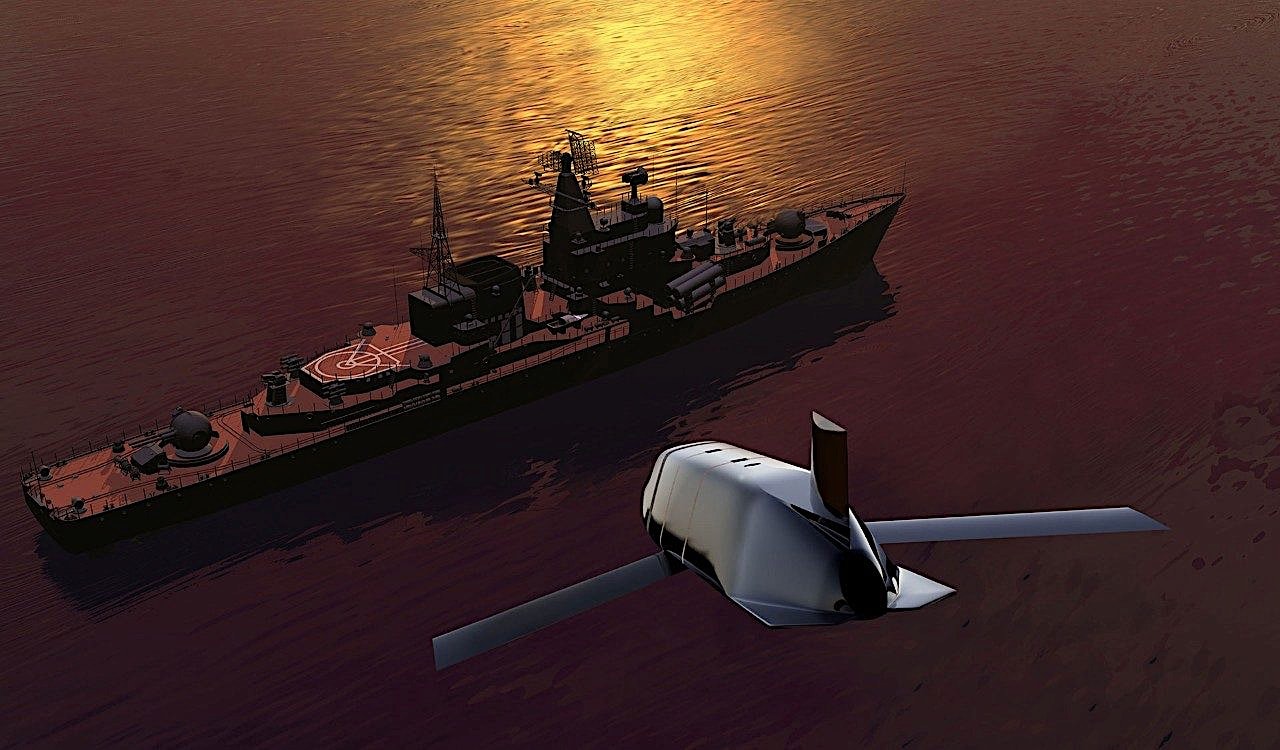Advancements in air defense technology have rendered present-day missiles increasingly ineffective in reaching their targets. Consequently, defense contractors are investing heavily in new weapon systems capable of operating in denied environments.
Among these solutions is the Long-Range Anti-Ship Missile (LRASM), developed by Lockheed Martin as part of the AGM-158 family of cruise missiles and derived from the Joint Air-to-Surface Standoff Missile (JASSM). Production commenced in 2018, following the achievement of Early Operational Capability (EOC) on a B-1B Lancer bomber.
The LRASM is a precision-guided, semi-autonomous anti-ship missile designed to be launched from aircraft, boasting a range of up to 230 miles (370 km). Although not supersonic, its intelligence allows it to penetrate sophisticated integrated air defense environments created by enemy ships, delivering a lethal blow unmatched by other weapons in the inventory, thanks to its 1,000-pound (454 kg) warhead.

While specifics of its operation in denied areas remain undisclosed, Lockheed Martin mentions precision routing, guidance, stealth, and all-weather capability as key features. Integration of the LRASM has occurred with various aircraft, including the B-1B Lancer, F/A-18E/F Super Hornet, and F-35.
Recently, a historic test involving four LRASM missiles was conducted, demonstrating its high-end lethality and effectiveness throughout the kill chain. Lockheed Martin is contracted to deliver 120 LRASM missiles to the U.S. military and is also exploring a surface-launch variant.
With its advanced capabilities, the LRASM aims to bolster naval strength and reduce reliance on Intelligence, Surveillance, and Reconnaissance assets and GPS navigation systems during target engagement.

